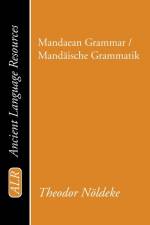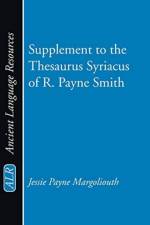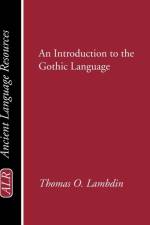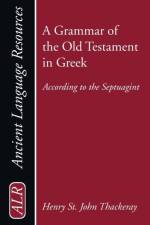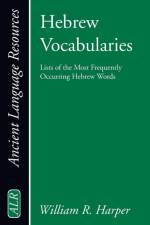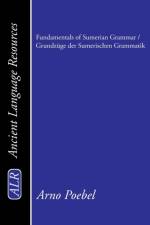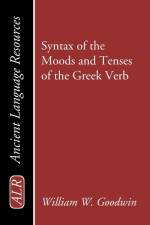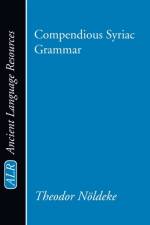av J P Margoliouth
465,-
The study of languages forms the foundation of any study of ancient societies. While we are dependent upon archaeology to unearth pottery, tools, buildings, and graves, it is through reading the documentary evidence that we learn the nuances of each culture--from receipts and letters to myths and legends. And the access to those documents comes only through the basic work of deciphering scripts, conjugating verbs, untangling syntax, and mastering vocabulary. Ancient Language Resources brings together some of the most significant reference works for the study of ancient languages, including grammars, dictionaries, and related materials. While most of the volumes will be reprints of classic works, we also intend to include new publications. The linguistic circle is widely drawn, encompassing Egyptian, Sumerian, Akkadian, Ugaritic, Phoenician, Hattic, Hittite (Nesite), Hurrian, Hebrew, Aramaic, Syriac, Ethiopic, Arabic, Greek, Coptic, Latin, Mandaean, Armenian, and Gothic. It is the hope of the publishers that this will continue to encourage study of the ancient languages and keep the work of groundbreaking scholars accessible. --K. C. Hanson Series Editor

